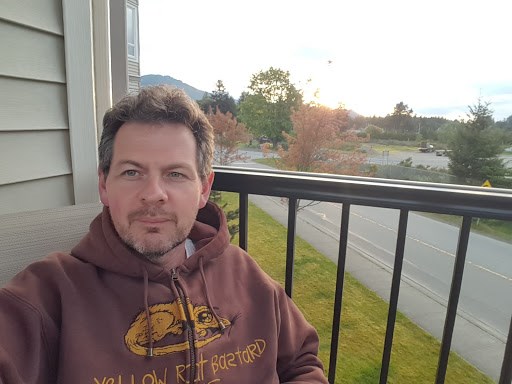 How would you describe âfaithâ? For some people thereâd be an instant reaction of nonsense, or outdated, or irrelevant; for others ideas such as doctrine, or structure, or religion, or institution would feature in their answer; for some the words belief, spiritual, and searching would be the foundation of their thinking; for some, ideas of community, sharing, learning, would be a the heart of their understanding.
How would you describe âfaithâ? For some people thereâd be an instant reaction of nonsense, or outdated, or irrelevant; for others ideas such as doctrine, or structure, or religion, or institution would feature in their answer; for some the words belief, spiritual, and searching would be the foundation of their thinking; for some, ideas of community, sharing, learning, would be a the heart of their understanding.
Our fuzzy way of talking of faith makes it hard to pin down any particular meaning to the word â but at its core, the word faith is about commitment â itâs about trust, relationship. I am faithful to my partner, and she is faithful to me â we are committed to one another. I trust my friends, I have faith in them. I trust my community of fellow Christians, they support me, and I seek to support them.Â
For me, faith is what I can trust in, and isnât just about myself and what I choose to believe or not. My Christian faith contains a story which gives meaning and offers different stories to encourage us to engage with our spirituality as individuals and in community. These stories donât have to be taken as literally true, any more than the fairy stories of our youth are literally true:Â I donât think that children were lured into a house made of gingerbread, or that a pumpkin was changed into a coach, or that someone fell asleep for a hundred years after pricking their finger â but these stories remind us of heroism, love, courage, hope, and cause us to confront our fears and the darkness within each one of us. Â The stories of faith are similar â they seek to give meaning to our interior world, to affect us, to be changed for the better and challenge us to change the world for the better. They are metaphors, allegories, poetry â bound up with the events of history and the everyday experience of human beings.Â
Instead of talking about faith as doctrine, or church, or institution we use images such as âthe faith journeyâ or âpilgrimageâ to try and give the idea that faith is something we explore and walk with, something we engage in over time, and with other people.Â
I personally like the image of faith as a dance â it involves movement, itâs dynamic, energetic, constantly changing. Yes, there are certain steps which are named and have a certain form â but there is also room for improvisation, exploration, leaping, falling, quietness, joy, exuberance, discovery. Consider the image of the First Peopleâs sacred dance, which takes place in a circle, and holds the sacred fire in the centre as a reminder of the presence of the divine, it is done in community, and whilst containing formal elements, also has space for unique combinations of each movement, and is filled with energy. The Sacred Dance is filled with purpose, and passion, to be respected, and enjoyed, and changed by.
And like any dance it doesnât have to be explained, in fact to reduce it only to words would strip it of the power, and the beauty, challenge, and wonder that it possesses.Â
And in the dance, I learn to trust in the music, the movement, my partners, as I allow myself to fully join in with the attempt to add shape and purpose to the steps of my life, and to invite others to join in order that we might be transformed and transform the world with Godâs life.
 The Ven. Alastair McCollum is Rector of St. John the Divine Anglican Church in Victoria and Archdeacon, Diocese of Islands and Inlets.He has a passion for the Gospel, motorbikes and bike culture, worship, philosophy, theology, guitars, single malt whisky, real ale, cinema and all things French. You can find Alastair at the church website: andon his blog: fracme.blogspot.ca
The Ven. Alastair McCollum is Rector of St. John the Divine Anglican Church in Victoria and Archdeacon, Diocese of Islands and Inlets.He has a passion for the Gospel, motorbikes and bike culture, worship, philosophy, theology, guitars, single malt whisky, real ale, cinema and all things French. You can find Alastair at the church website: andon his blog: fracme.blogspot.ca
You can read more articles on our interfaith blog, Spiritually Speaking,
* This article was published in the print edition of the Tomes Colonist on Saturday, July 28 2018
Photo by Ardian Lumi unsplash.


